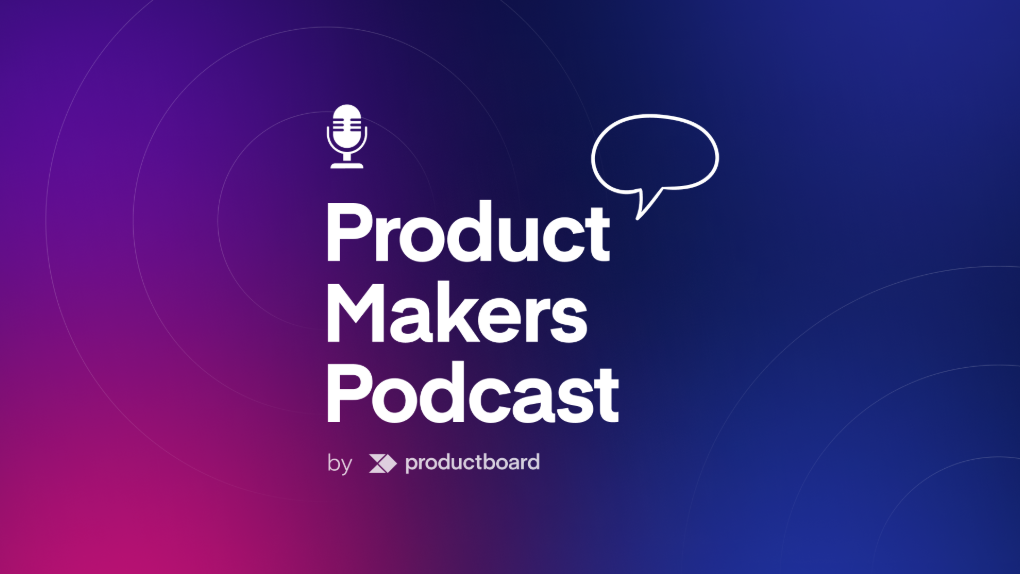3 ways product operations can up-level your product organization

When I was Head of Product for a startup a few years ago, I must have spent more than 60% of my time on operational tasks. When not running product team meetings, having one-on-one conversations with individual product managers, or getting feedback from customers, I was busy creating presentations and writing emails to share what we were doing with the company’s executives and other departments. All of this left me with very little time for what I consider to be the most important part of being a product leader—developing strategies for building products that customers love.
Today, I’m at Productboard, a larger business with multiple product teams spread across a range of geographies and time zones. It would be simply impossible to take on the operational work required by our product organization and focus on the big picture at the same time.
Fortunately, we’ve embraced the concept of product operations. To meet the challenges that come with increasing complexity, product leaders have learned lessons from engineering and design that created dedicated operations roles to help their teams run more effectively. Now, a growing number of product organizations have product operations positions.
While investing in product operations will benefit your business in many ways, the three areas it impacts the most are organizational alignment, customer feedback, and processes and tools. In this piece, we’ll examine each of these individually.
The 3 key benefits of product ops
1. Creating cross-organization alignment
As product organizations become larger, teams often become more specialized and each one focuses on different parts of the product. However, if these teams work in silos and do not know what other teams are doing, someone very important will notice: the customer.
If you’ve ever used a digital product and noticed a frustrating lack of cohesion as you moved through the experience, that’s probably the result of a disconnected product team. Alignment across product teams is critical for a consistent customer experience. It’s equally important for product teams to understand the goals and needs of the rest of the business so information can move seamlessly across functions.
How product ops can help
When product teams become islands, product operations is the bridge that connects them to each other as well as to the rest of the business. Product ops ensures that every team knows what the others are building, where their pieces fit together, and how that affects the product as a whole.
Along with product managers, product ops acts as a primary point of contact for company executives—especially the Chief Product Officer—while also surfacing and interpreting the most recent and relevant product data for them. Coordinating with sales and support on customer feedback is another way that product ops helps keep the product team and business aligned.
Product ops ensures that every team knows what the others are building, where their pieces fit together, and how that affects the product as a whole.
2. Capturing feedback product teams can use
Product teams require two types of feedback to ensure that they’re always building what customers need. First is product data – the analytics that show which products and features are used the most (and least). While individual product teams will pour over the numbers most relevant to their area, they often don’t connect them to the bigger picture.
Data tells product teams what’s not working, but only customers can tell you why. Meeting customer needs is the reason why products exist, and it’s critical to get insights into the problems they face. It’s so important that Productboard built a tool to help product teams capture and organize customer feedback more effectively so teams can leverage these insights to build better products.
How product ops can help
In theory, the more data, the better. In reality, a firehose of analytics and customer comments can overwhelm product teams. Unless data is properly managed and evaluated, product organizations often default to reacting to the most recent information or the needs of the loudest customer.
Product ops provides perspective by taking a more holistic view of what the data is saying and connects the dots between each team’s metrics. It acts as a filter for customer feedback, analyzing all the information for prominent problems, recurring themes, and areas of opportunity.
By collating what each product team needs to discover, product ops can also coordinate customer interviews and product testing more effectively than each team trying to do it on their own.
Unless data is properly managed and evaluated, product organizations often default to reacting to the most recent information or the needs of the loudest customer.
3. Bringing everyone together with processes and tools
Many Productboard customers use a similar phrase to describe the value of having a more effective product management process: their teams now “speak the same language”.
While this is usually meant metaphorically, it highlights the benefit of literally using the same vocabulary—a common trait of high performing teams. Shared terminology not only enhances efficiency, it helps everyone on the team feel part of something bigger.
This idea extends to shared processes and tools. Each team may have a different product focus, but if the way they document progress, lay out a roadmap, and capture feedback is the same then it builds unity and makes cross-team communication and collaboration much more effective.
How product ops can help
A key part of the product ops role is to champion and maintain a useful degree of standardization. While a product manager can establish set ways for capturing feedback or communicating information, the hard, time-consuming work is actually in maintaining that process and ensuring that it evolves to meet the changing needs of the product organization.
The same is true for the tools used by various product teams, where standardization has even greater implications than enhancing efficiency. By finding the right tools to meet everyone’s needs, product ops can secure the product team’s valuable information from being stored on insecure personal apps or being lost to the business when an employee leaves the company. And of course, consolidating systems can save the business money.
While a product manager can establish set ways for capturing feedback or communicating information, the hard, time-consuming work is actually in maintaining that process and ensuring that it evolves to meet the changing needs of the product organization.
When product ops is more than just operations
Product operations is the oil that keeps the product engine running smoothly. And it can be even more than that. One of Productboard’s customers has grown by acquiring local businesses in different global territories. While each new branch maintains its own local brand, the company standardizes all the behind-the-scenes operations.
Sharing back-end technologies and processes makes each brand more efficient and profitable, helping the business scale massively in just a few years. Product operations has been a key driver in implementing this critical alignment for each new acquisition. For this company, product ops is not just the oil, it’s the fuel powering the engine forward.
The time is right for product operations
With the product function expanding, becoming increasingly complex, and driving greater value at a wide range of businesses, product operations is having a moment. If you want your product managers to focus on creating strategies to achieve your business mission, then you need product ops to coordinate the tactics on-the-ground.
If you want your product managers to focus on creating strategies to achieve your business mission, then you need product ops to coordinate the tactics on-the-ground.
Product operations keeps all your product teams moving in the same direction while helping them to remain close to customers and the rest of your organization. By creating internal alignment, capturing usable feedback, and uniting teams through processes and tools, product ops will ensure your product organization stays innovative, continues to evolve, and consistently delivers great products that keep customers engaged.





